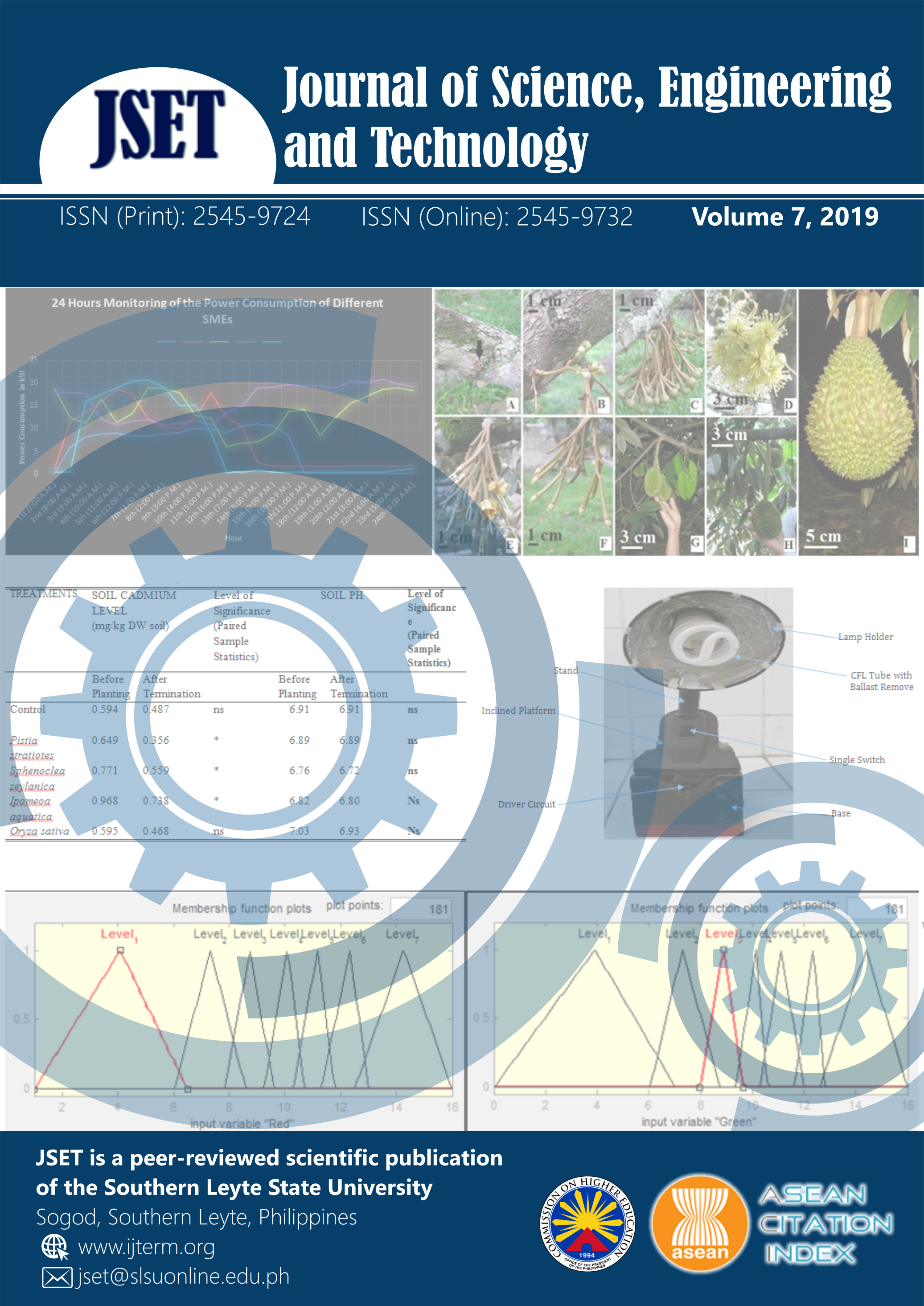A Device to Drive CFL Bulbs with Busted Electronic Ballast: A Prototype Development and Evaluation
DOI:
https://doi.org/10.61569/xxp22v50Keywords:
LED, Lighting fixture, Mercury content, Illumination, LuxAbstract
CFLs are one of the most commonly used lighting fixtures in the modern era. Studies regarding its life cycle assessment (LCA) indicated that in the disposal stage CFLs have more hazardous potential to impact human health and ecosystem than the incandescent bulbs due to their higher metal-containing components. Thus, possible recycling of CFL bulbs with busted electronic ballast but still has its remaining life span should considered. By using experimental-developmental method, the study aimed to develop a prototype device to drive CFL bulbs with busted electronic ballast. The prototype was tested and evaluated regarding its efficiency as compared to original electronic ballast of CFLs. Results indicated that the developed prototype had efficiencies ranging from 75.6% to 90.8% respectively. Statistical tests also indicated that though found out to have numerical difference between the illuminations emitted by the lamp when driven by its original electronic ballast to the illumination it emits when driven by the prototype device, this numerical difference would not translate into a significant statistical difference.
Downloads
Published
Issue
Section
License

This work is licensed under a Creative Commons Attribution 4.0 International License.
This is an open access article distributed in accordance with the Creative Commons Attribution 4.0 Unported (CC BY 4.0) license, which permits others to copy, redistribute, remix, transform and build upon this work for any purpose, provided the original work is properly cited, a link to the license is given, and indication of whether changes were made. See: Creative Commons Attributions 4.0 International License.








